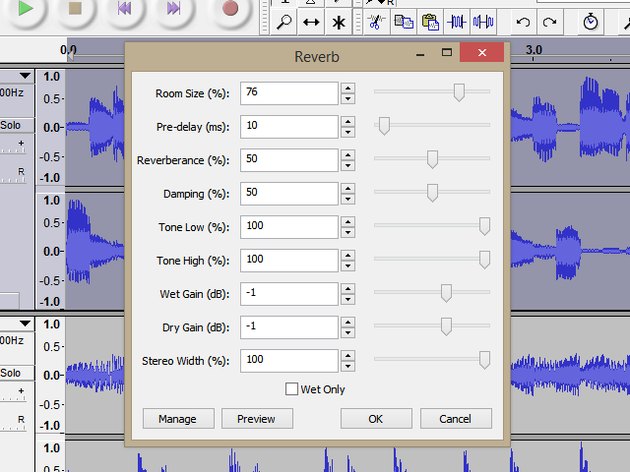


In a typical application, an audio signal is applied to a compressor, optionally boosted or cut using the Input Level. If nothing else, your compressor will have the first three controls, or something like them. Knee: a degree of smoothing in the output graph between the uncompressed and compressed ranges.Release Time: the lenght in time it takes for the compressor to stop reducing gain after the signal has crossed below the threshold.Attack Time: the length in time it takes for the compressor to begin reducing gain after the signal has crossed above the threshold.Input Level: The level of input signal into the compressor.Output Gain/Makeup Gain: the output level after compression.Ratio/Amount: The input to output ratio of gain reduction.Threshold: The level above which the compressor activates.

If you don't see all of your compressor's controls here, there's a chance it either has a fixed value (and no control), or is named something else: However, not all compressors present variable controls for all parts to the user. Compressor anatomyĬompressors generally all have the same conceptual parts. The goal of most compression applications is to increase the amplitude of the softest parts of a recording, without increasing the amplitude of the loudest parts. It was originally used to guard against defects when cutting wax and vinyl phonograph records, but generally became useful as a way of increasing the loudness of an audio recording without achieving distortion. Dynamic range is the difference between the loudest and softest parts of an audio signal. Audio compression is used to reduce the dynamic range of a recording.


 0 kommentar(er)
0 kommentar(er)
